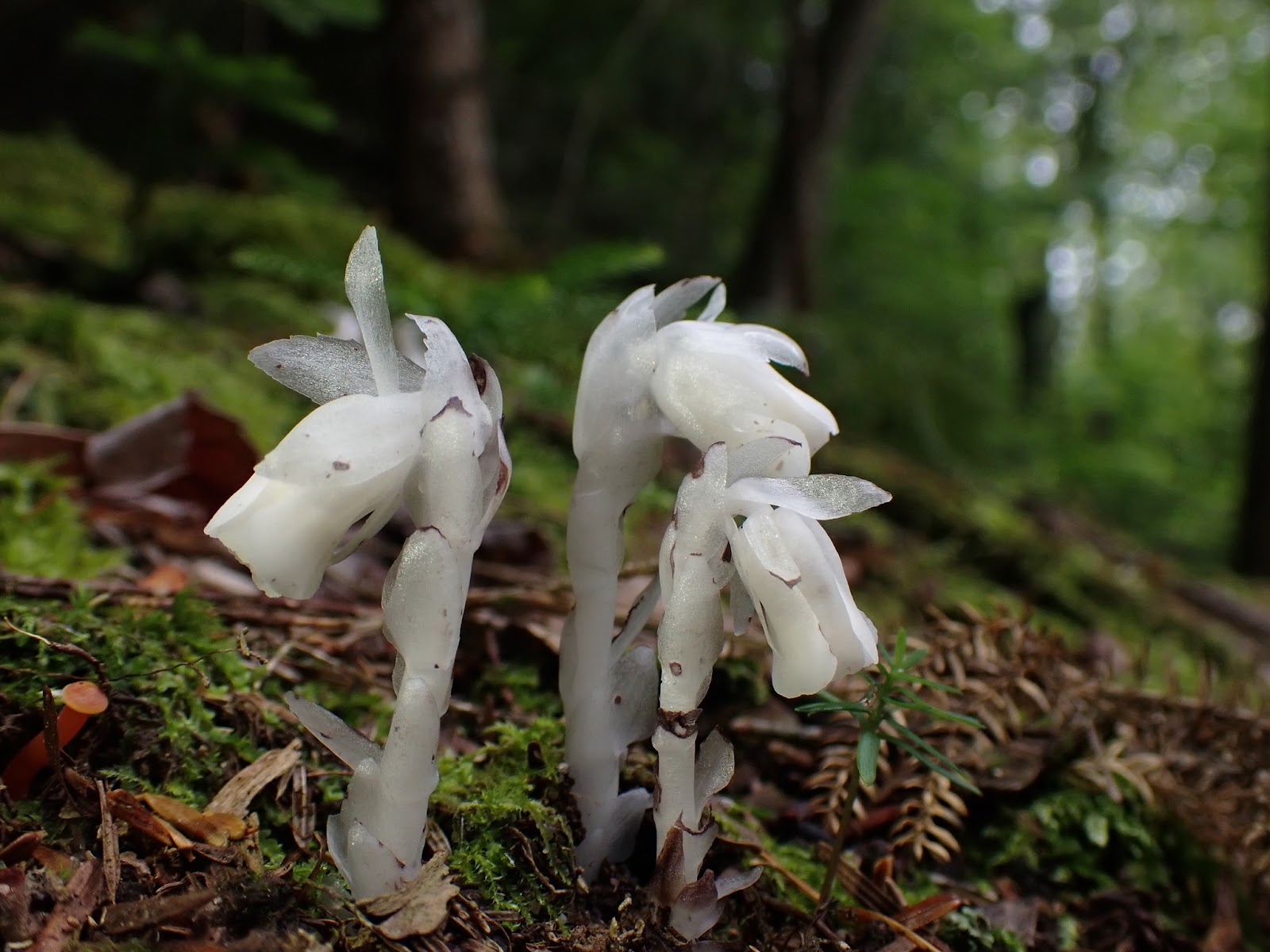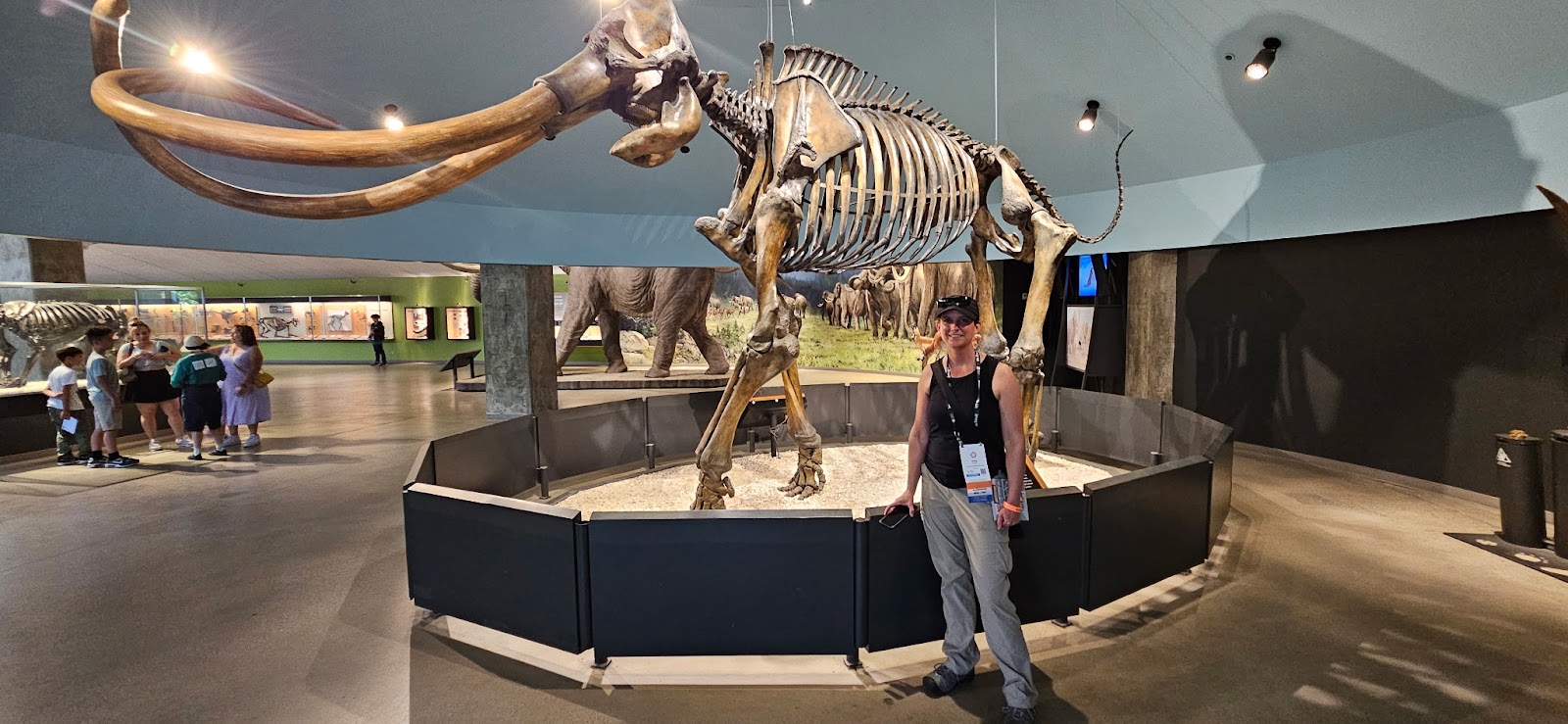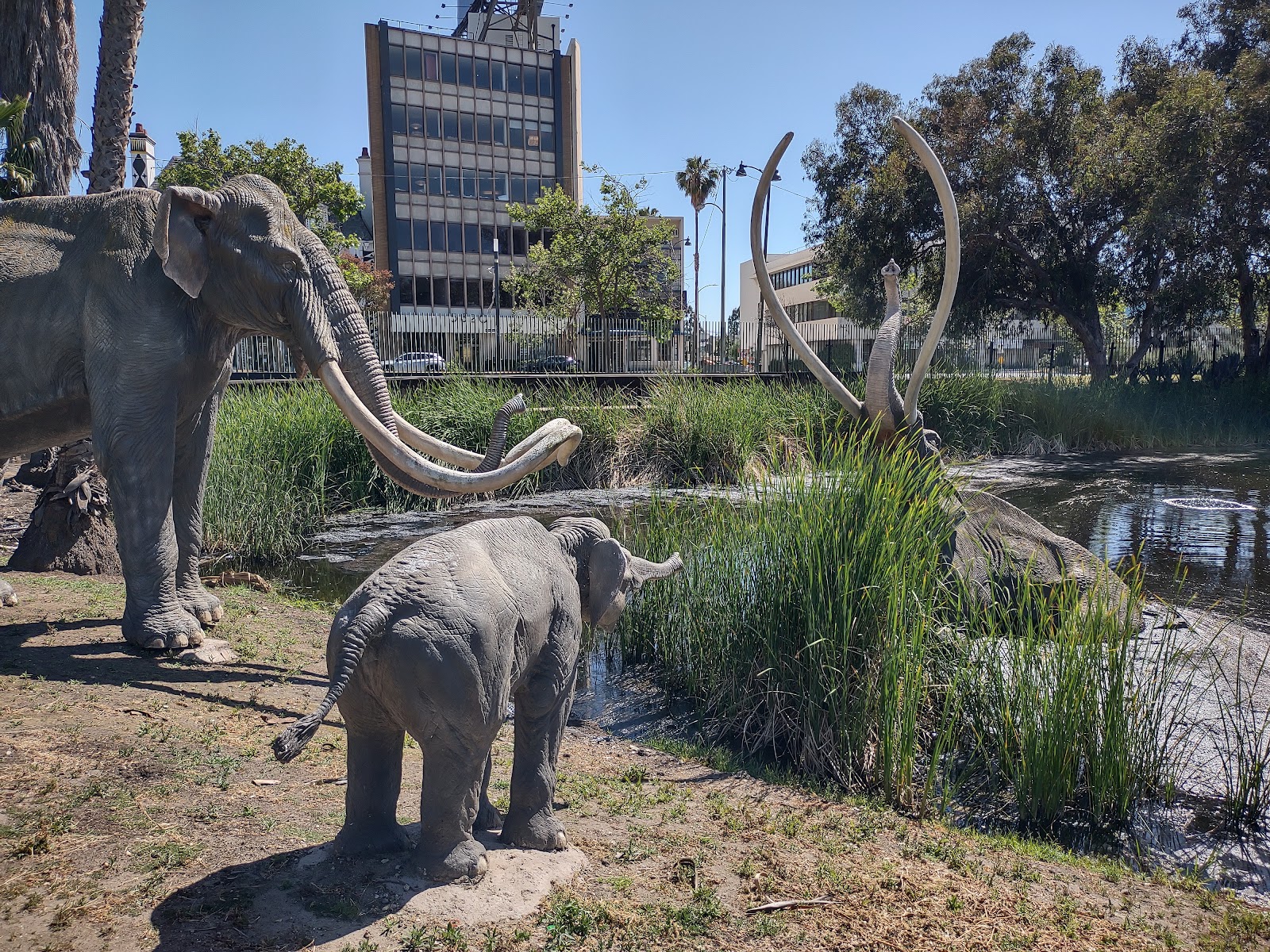Last Sunday I was asked to give the message for the Chequamegon Unitarian Universalist Flower Ceremony. Everyone brought a flower, they were admired in a bouquet, and each person left with a different flower. This symbolized the unique value of each person and the way we came together to create a beautiful bouquet. To illustrate this idea, I chose to talk about ghost pipe (previously named Indian pipe), a plant whom I’ve been puzzling over for a while. In preparing the talk, I realized that I’d learned a lot from ghost pipe.
At a glance, we can tell that ghost pipes are unusual because they are pure white. Unlike green plants, they don’t have chlorophyll and can’t do photosynthesis to transform water, carbon dioxide, and energy from the Sun into sugars. Instead, ghost pipes are classified as parasites because they take sugar from Russula mushrooms. Sometimes, when I tell people about this relationship, they are indignant. Our culture loathes a mooch.
But let’s consider this from another perspective. Russula fungi produce beautiful mushrooms with crisp white flesh and caps in shades of pastel red. They can’t make their own food either. Many mushrooms decompose dead wood to gain energy, but Russulas have another system. The white threads of their fungal hyphae weave through the soil and connect to the roots of pines, oaks, and also to ghost pipe. The fungal hyphae are much better at collecting water and nutrients from the soil than relatively large tree roots, and these resources are shared with the trees. In return, the trees give up to 30% of the sugars they produce through photosynthesis to the mushrooms.
The trees themselves are big and healthy, waving crowns of green leaves in the sunshine. But big trees can’t thrive on their own. Water and other nutrients like nitrogen and phosphorus are often limiting for trees, especially because pines and oaks tend to grow on dry, sandy soil. The mycorrhizal relationships they have with fungi connected to their roots are essential for their supply chain. Even if they must pay for the water and nutrients, they can’t be resentful of a trade deficit. Resources gained through mycorrhizal relationships are what allow the trees to thrive, and include many side benefits.
The network of fungal hyphae (collectively called mycelium) woven throughout the soil and connecting many species of trees and fungi, can act as an internet of the forest, a way for chemical and electrical communication about drought, stress, pests, and pathogens to flow among the trees. The fungi may have some capacity to share the sugars from a thriving tree with another one who is struggling. In this way, the mushrooms can ensure that their preferred habitat—a deep, dark, shady forest—is maintained. A healthy forest is key to their survival. Some tree sugars travel through the Russulas into the ghost pipe. Is this a choice, or a trick? Scientists aren’t quite sure.
So, what is the value of ghost pipe in this system? The purpose of any living thing—at least from their own perspective—is to make more of themself. That’s what the trees and the mushrooms are doing. They haven’t forgotten that the health of the whole is essential to their own survival, even when parts of the forest ecosystem may compete at times. All flourishing is mutual.
As for the ghost plant, they have no leaves or trunk. They are just a flower—a reproductive structure. The beautiful, bell-like blossom curves over to protect a deep well of nectar. That nectar attracts and feeds bees and other insects, who move pollen from flower to flower and fertilize their seeds. The seeds disperse, and if they connect with the hyphae of Russula fungi, will grow. This focus on reproduction could be seen as self-serving.
But it's in this process that we begin to see ghost pipe’s unique contribution. The flower has given up their independence. They now rely on the mycorrhizal network for survival. Through this sacrifice they have gained the ability to bring a supply of sweet nectar into the darkest corners of the mid-summer forest floor, where few other flowers can survive. The trees, the mushrooms, and the flower are all part of the endlessly woven web of life on Earth.
Did you see yourself in any part of this story? Are you a healthy tree with resources to spare? Are you a networking fungi making sure your community is healthy? Are you a ghost pipe flower bringing beauty into the dark corners—even if that requires some support from others? Do you take sap from trees, concentrate it, and share it with others? I happen to have a little jar of maple syrup on my desk from someone who fits this last description. Maybe you're all of those. Maybe you're something else entirely.
Just like a mushroom is a visible outgrowth of the mycorrhizal network, each flower, each person, and each Being is a part of the web of life on Earth. If ghost pipe provides benefits that we struggle to notice, what does this teach us about other Beings in the web? Could it be that a “useless” Being is one whose value we just don’t understand? Could it be that a “mooch” is actually doing important work? Just like the bouquet of flowers on the altar, the web of life is more than just the sum of its parts.
Emily’s award-winning second book, Natural Connections: Dreaming of an Elfin Skimmer, is available to purchase at www.cablemuseum.org/books and at your local independent bookstore, too.
For more than 50 years, the Cable Natural History Museum has served to connect you to the Northwoods. Our Summer Calendar is open for registration! Visit our new exhibit, “Becoming the Northwoods: Akiing (A Special Place). Follow us on Facebook, Instagram, YouTube, and cablemuseum.org to see what we are up to.















